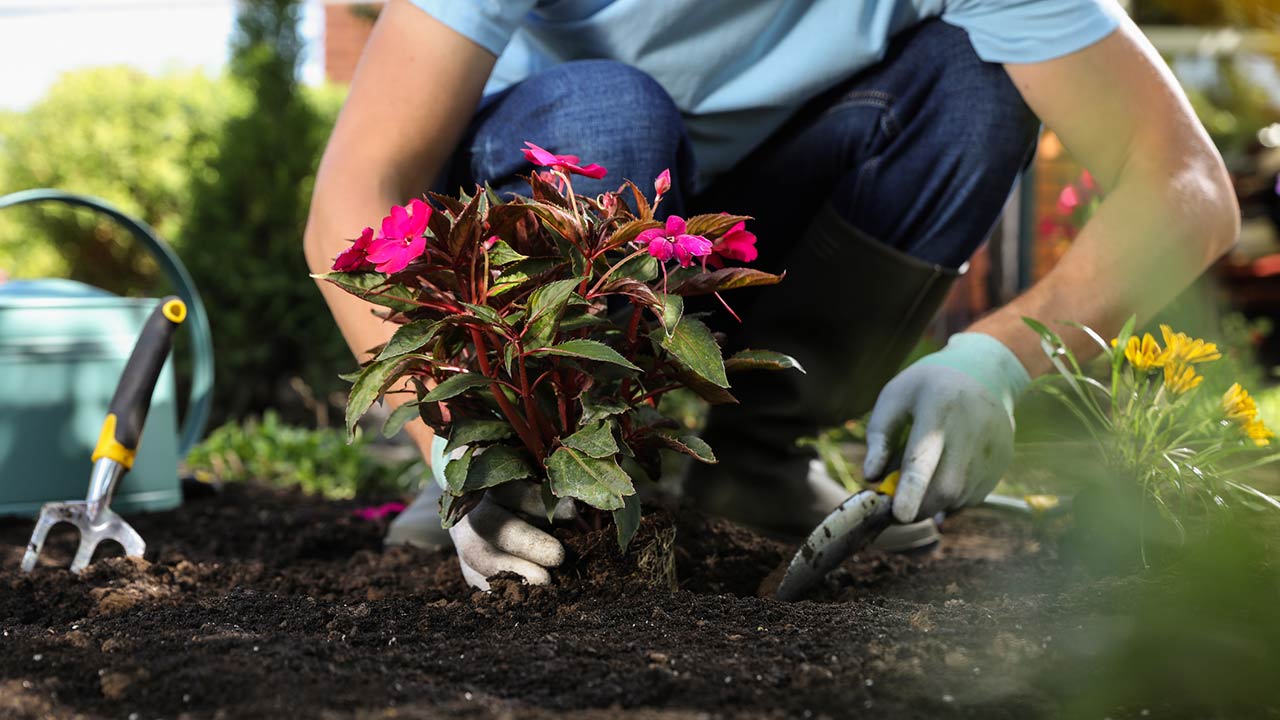The Ultimate Guide to Creating a Healthier Home Environment

Creating a healthier home environment is crucial for promoting overall well-being and enhancing quality of life. From improving indoor air quality to incorporating sustainable practices, there are numerous ways to transform your living space into a sanctuary of health and wellness. This ultimate guide covers key strategies and tips to help you optimize your home for better physical, mental, and emotional health. Explore the following sections to discover how simple changes can make a significant impact on creating a space that nurtures and supports your holistic health goals.
Creating a healthier home environment is not just about having a house that looks good – it’s about making sure the space you live in supports your overall well-being. By making conscious choices about your home, you can create a space that nurtures both your physical and mental health.
Understanding the Importance of a Healthy Home
Your home is where you spend a significant amount of time, so it’s essential to ensure that it promotes good health. A healthy home can reduce the risk of allergies, respiratory issues, and other health problems. It’s a sanctuary where you can relax and recharge, so why not make it as healthy as possible?
A healthier home environment can have numerous benefits, such as improved indoor air quality, reduced exposure to harmful chemicals, and a more sustainable lifestyle. Creating a healthier home can also lead to better sleep, increased productivity, and a greater sense of well-being for you and your family.
Assessing Indoor Air Quality
Indoor air quality can significantly impact your health, so it’s crucial to assess and improve it. Understanding common indoor air pollutants, testing methods, and ways to enhance air quality through ventilation and filtration can help you breathe easier and feel better in your home.
Common Indoor Air Pollutants
Indoor air pollutants like mold, pet dander, dust mites, and volatile organic compounds (VOCs) can negatively affect your health. By identifying these common culprits, you can take steps to reduce their presence in your home and create a healthier indoor environment.
Methods for Testing Indoor Air Quality
There are various methods available to test indoor air quality, from DIY kits to professional assessments. By understanding how to monitor air quality in your home, you can take proactive measures to improve it and safeguard your health.
Improving Air Quality Through Ventilation and Filtration
Proper ventilation and air filtration are key factors in maintaining good indoor air quality. By ensuring adequate ventilation and using high-quality air filters, you can reduce the concentration of pollutants in your home and breathe cleaner, healthier air.
Choosing Non-Toxic Cleaning Products
Cleaning products may seem harmless, but many contain chemicals that can be harmful to your health and the environment. Learning about harmful chemicals to avoid and exploring natural cleaning alternatives can help you keep your home clean without compromising your well-being.
Harmful Chemicals to Avoid in Cleaning Products
Ingredients like ammonia, chlorine bleach, and phthalates are commonly found in cleaning products and can have adverse effects on health. By steering clear of these harmful chemicals, you can create a safer and healthier home environment for yourself and your loved ones.
Alternative Natural Cleaning Solutions
Natural cleaning solutions such as vinegar, baking soda, and essential oils offer effective alternatives to conventional cleaning products. These eco-friendly options can help you maintain a clean home while reducing your exposure to toxic chemicals and promoting a healthier living space.
Creating Sustainable and Eco-Friendly Spaces
Incorporating sustainable and eco-friendly practices into your home not only benefits the planet but also enhances your well-being. By implementing energy-efficient strategies, reducing waste, and promoting recycling, you can create a more environmentally friendly and healthier living environment for yourself and future generations.
Implementing Healthy Eating Habits at Home
Stocking a Nutrient-Rich Kitchen
Having a well-stocked kitchen with nutritious foods is key to maintaining healthy eating habits at home. Fill your pantry and fridge with whole grains, lean proteins, fruits, and vegetables. Keep unhealthy snacks out of sight to reduce temptation.
Tips for Meal Planning and Preparation
Meal planning can help you make healthier choices and save time during the week. Spend some time each week planning your meals, creating a shopping list, and prepping ingredients in advance. This can streamline the cooking process and prevent last-minute unhealthy food choices.
Promoting Mental and Emotional Well-Being in Your Home
Designing Calming and Stress-Reducing Spaces
Create peaceful and relaxing environments in your home to promote mental and emotional well-being. Consider adding plants, using soothing colors, decluttering, and incorporating soft lighting to create a tranquil atmosphere.
Practicing Mindfulness and Self-Care at Home
Incorporating mindfulness practices and self-care routines into your daily life can help reduce stress and improve mental health. Take time for activities like meditation, yoga, reading, or simply relaxing to focus on your well-being.
Incorporating Fitness and Movement into Your Daily Routine
Creative Ways to Stay Active at Home
Staying active at home doesn’t have to be boring. Find fun and creative ways to incorporate movement into your daily routine, such as dancing while cooking, doing yoga videos, or going for walks in your neighborhood.
Setting Up a Home Fitness Area
Creating a designated space for exercising at home can help you stay motivated and consistent with your fitness routine. Whether it’s a corner with workout equipment or a yoga mat in your living room, having a dedicated area can make exercising more accessible and enjoyable.By implementing the recommendations outlined in this comprehensive guide, you can take proactive steps towards cultivating a healthier home environment for yourself and your loved ones. From conscious cleaning choices to fostering a space that promotes well-being on multiple levels, each adjustment contributes to a more harmonious and health-conscious living environment. Embrace these principles and make your home a place where health thrives, allowing you to enjoy a more balanced and fulfilling lifestyle.











